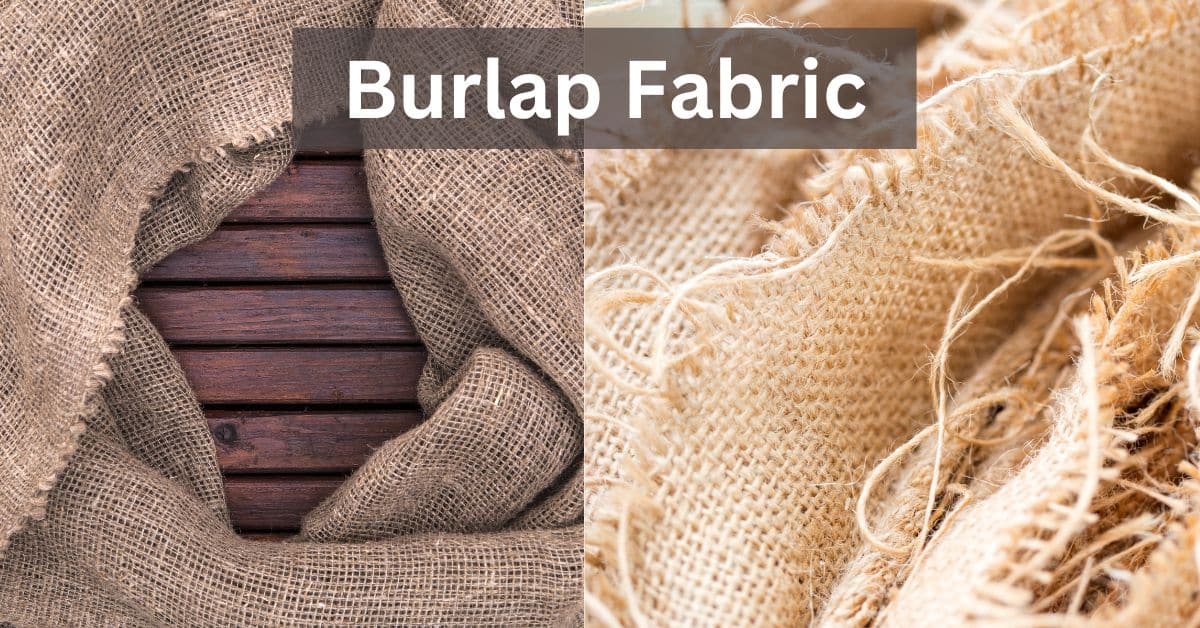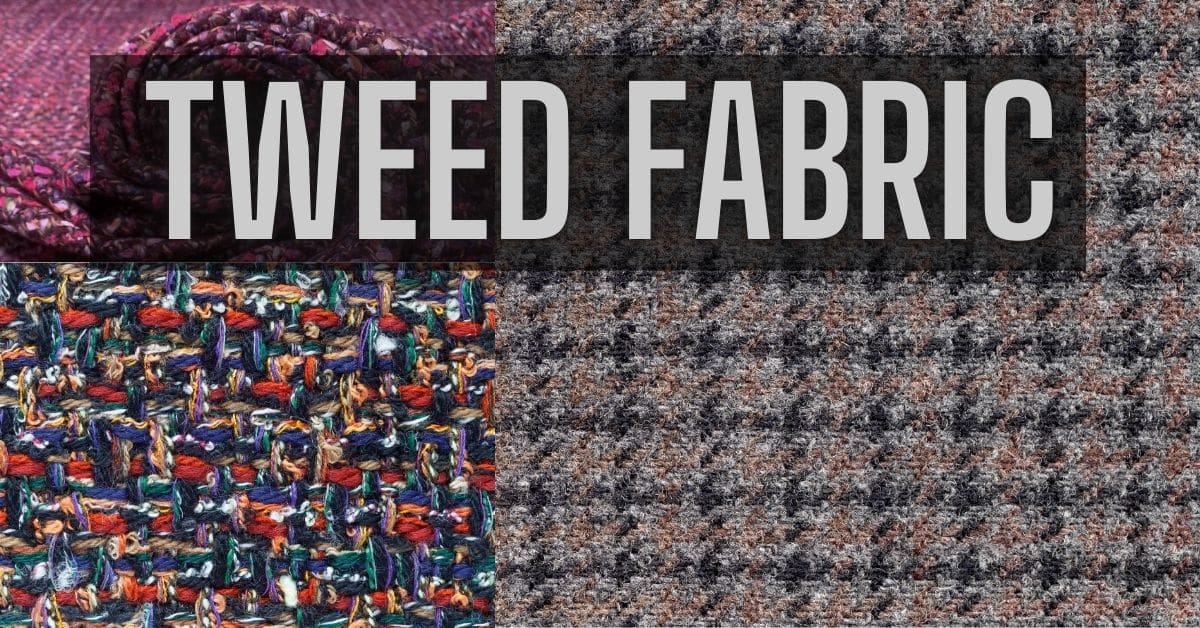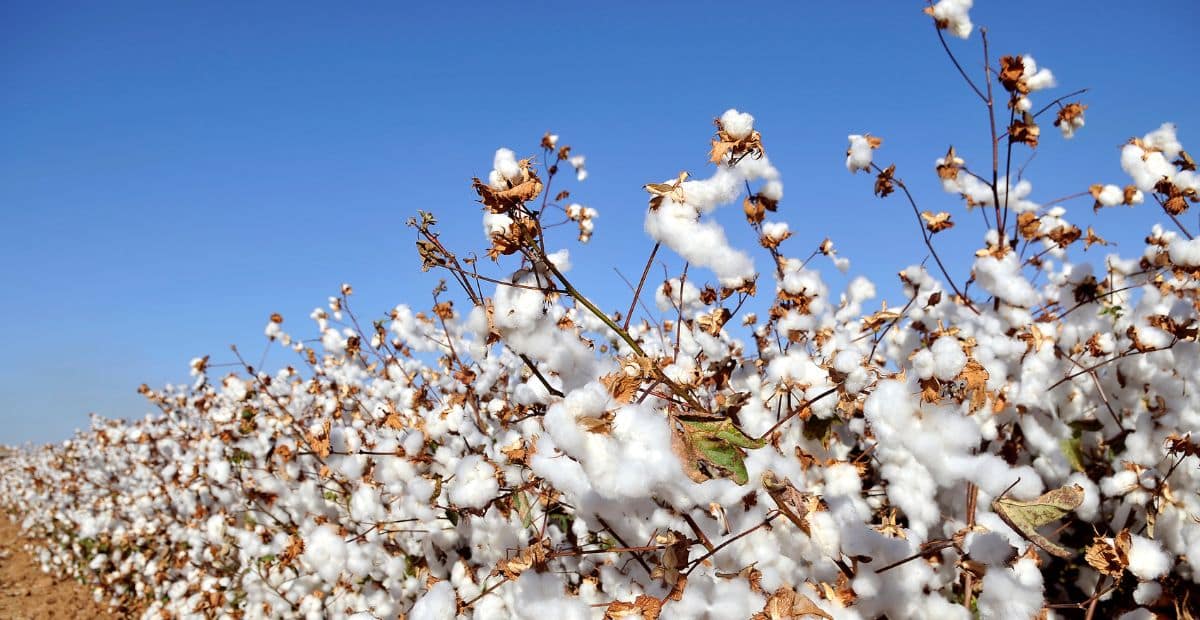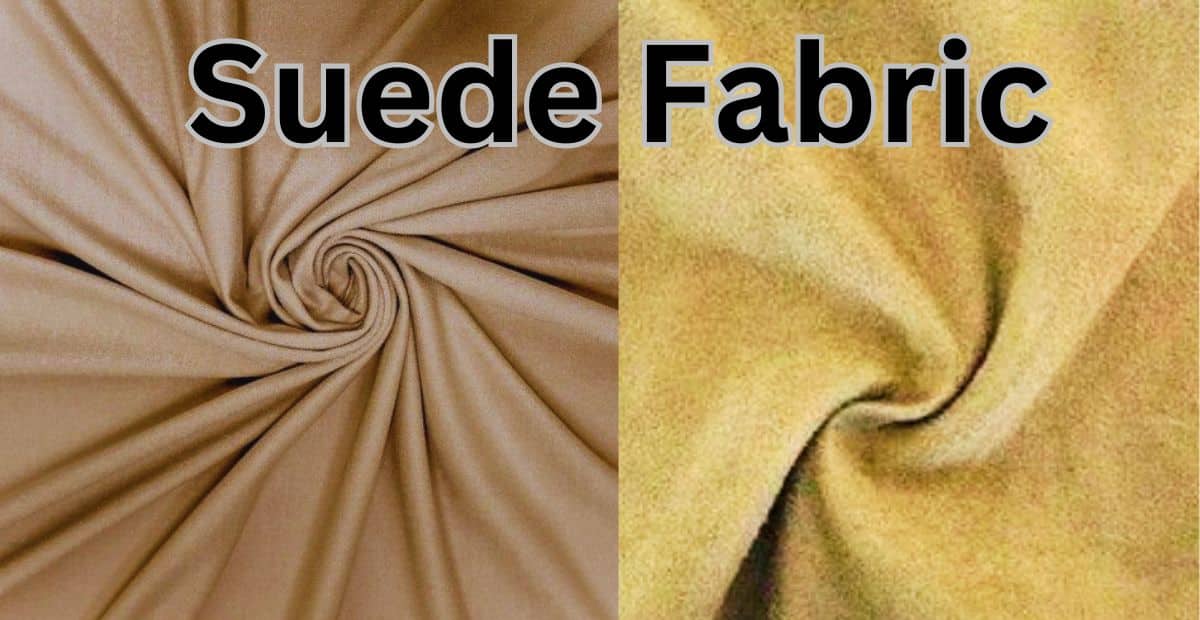Open fabric organza has a soft as well as smooth texture, a luxurious shine, and has impressed the fashion industry as well as the niche of home décor for ages. It is synonymous with elegance, sophistication and luxury, so it is only natural that it is a popular fabric for high-end clothing, wedding garments and decoration. Organza looks very thin and transparent; however, it is much stronger than most people think because of the weaving method used. A large number of people have only bought organza fabric but never heard of it, so this guide will cover every single thing a person needs to know about it from the organza fabric properties, usages to the making process.

Understanding What Organza Fabric Is
Organza is a thin, plain weave, and transparent fabric, and it is usually made from silk, polyester, or nylon fibers. Although we’ve pictured organza traditionally made from silk, these days, it is actually more common to find organza made from synthetic materials — that mimic the silk look and feel while being more durable and affordable. This fabric is known for its little stiffness, smooth texture, and extreme transparency, giving any apparel or decor item an exquisite look.
Organza is different from other sheer fabrics and has a slightly lustrous finish to it, thus it adds elegance. This property makes it popular for bridal dresses, evening gowns, and high-end home accessories. While its texture is perhaps soft, overtwisted and high twisted fibers are instead making it rigid.
ORGANZA FABRIC – A SHORT HISTORY
The roots of organza fabric can be linked to the ancient silk trade routes of China and the Middle East. Initially called “silk organza,” the textile was a sought-after staple in Europe and Asia, especially during the 18th and 19th centuries. With the increase in trade, the material became popular in the Western fashion markets. Etymology wise, it is believed that the name organza was derived from organzino – fine silk thread in Italian.
The development of synthetic organza was possible due to the progress of technology and this lead to a much wider use and application in our day to day life. Silk organza is a luxury fabric on its own, but polyester and nylon organza types offer advantages including lower prices, higher durability, and lower maintenance than in their silk form.
Properties of Organza Fabric
Sheer and Lightweight
The most characteristic feature of organza is its transparent, translucent appearance. It’s remarkably light weight which makes it perfect for layering on top of other fabrics. It offers a sneak peek at what lurks below without fully blocking it.
Crisp Texture
Because it is woven with tightly twisted yarns, organza has a crispness quality. The stiffness lends itself to the fabric well in that it holds shape during wear, making it ideal for adding volume to garments and décor.
Smooth and Shimmering
Organza has a delicate sheen, partly due to the way its surface is smooth. This is a fabric that does one of the best jobs of catching light and adding some sparkle to any design. Especially silk organza which has a natural shine and takes it even a step further to become a luxurious textile in appearance.
Durability
Organza is a thin fabric, but it is surprisingly strong. In addition, the plain weave of the fabric as well as the twisting of the fibers increases resilience. There are also polyester and nylon organza which are more robust and suitable for heavy-duty uses such as decorative drapery.
Breathability
Organza is super light and sheer, making it very breathable. Allows air to move through it, allowing for comfort in warmer climates. This is partly why it is so commonly integrated into Spring/Summer collections.
Dyeability
Organza — A lightweight type of fabric that absorbs color really well, especially if its made of either silk or polyester. This characteristic gives designers the freedom to use bold and elaborate patterns, rendering it to be a very versatile tool for many creative projects.

How is Organza Fabric Made?
Selection of Fibers
The first step of organza starts with the fibers, either natural (silk) or synthetic (polyester, nylon). The fiber selection determines the aesthetic and functional properties of the resultant fabric. Silk organza is more expensive and tends to be more lustrous than synthetic organza, which can be a cheaper alternative with a similar look.
Yarn Twisting
The process of twisting gives organza its unique stiffness and crispness. The fibers are twisted tight to create a thin but strong yarn. This method not only helps organza to develop the characteristic texture but also helps organza to become more durable.
Weaving Process
Organza is a sheer, thin, plain-woven fabric in which the yarns are arranged in a simple (no ornamentation) over-and-under pattern. This is a close, plain weave, giving the fabric strength, even though the silk is very thin. They are woven on specialized looms, which are made for more delicate threads, so they can handle, and not damage the threads.
Finishing Touches
Herafter it goes through a finishing process after weaving it. It is often treated with a solution of acid that hardens the fibers, giving it its characteristic cripy touch. Any patterns/dyes are also applied at this stage for the desired finish.
Quality Control
The organza fabric, after the final process, is checked thoroughly at the quality control stage. It ensures there are no deformities, irregularities or weak points on the material that could weaken it.
Quality Control
The organza fabric, after the final process, is checked thoroughly at the quality control stage. It ensures there are no deformities, irregularities or weak points on the material that could weaken it.

Different Types of Organza Fabric
Silk Organza
The most luxurious type of silk is silk organza, which exudes natural luster and has a fine texture. Its delicate appearance makes it popular for use in high end fashions and bridal wear.
Polyester Organza
Polyester organza is a budget-friendly silk organza alternative. It imitates the sheen and texture of silk organza but is more durable and has a low maintenance, too.
Nylon Organza
When compared to its polyester and silk counterparts, nylon organza is a bit stiffer. Its durability and affordability make it a popular choice for costumes, decorations, and crafts.
Crystal Organza
It is very sheen textured organza and used beautification for events, craft products and such places. That crystal effect is dependent on how the light reflects on the fabric.
Mirror Organza
Mirror organza has same metallic finish which makes it shiney. It is well known for adding a theatrical effect to stage costumes and evening gowns.
Uses of Organza Fabric in Fashion and Beyond
Wedding and Evening Wear
Organza is a basic fabric of bridal and evening dress business. It is light and translucent, making it the perfect fabric for layered gowns, veils and accessories for an elegant, graceful look. Masterdecltype weddings The Mosteins use organza as an overlay to prevent heaviness while completing the look.
Fashion Accessories
Accessories: Shoes, Scarves, Ribbons, Handbags, etc. Image Source: freepik. Organza is the main equipment that is frequently utilized for bundles, scarves, ribbons, and renowned footwear. Its glistening texture elevates it to a formal status where is perfect for all formal functions. Organza is great for hair accessories because it is delicate and pairs well with any look.
Drapery and Curtains for Decorative Purposes
Using organza in home décor for sheer curtains and briefly decorative drapery. It allows light to come through while still providing some privacy as it is transparent in nature. Organza curtains look elegant but not too overwhelming.
Event Decorations
Organza Organza is a very popular fabric for events ( especially weddings and modern get-togethers). Lace is very popular it is used in table runners chair sashes and backdrops gives a soft touch and adds some glam to the ambiance of the venue. read more: bamboo fabric.
Craft and DIY Projects
Organza is a great fabric for crafting projects because it is quite stiff. Organza has a unique texture and shimmer that can add a special touch to any DIY project — from floral arrangements to holiday ornaments to the wraps around homemade gifts.
Costume Design
The ethereal nature of organza makes it perfect for costume design, hence its prevalence in ballet, theater, and cosplay. The gossamer quality of the fabric aids in creating volume and drama.

Care and Maintenance of Organza Fabric
Washing Organza
Organza: Must be Hand Washed Organza, silk ideally will need a dry clean, but polyester yarn & nylon can occasionally be bath in cold water by hand. Be sure to check the care label before you launder anything that might be ruined.
Drying Tips
Do not wring out the organza fabric, as this can cause wrinkles and distortions. Do not hang it to dry, but lay it flat or hang it carefully. Store in such a way that it does not get direct sunlight ( silk organza → fades )
Ironing Organza
It can be difficult to iron organza. Iron on low and use a pressing cloth over the fabric so that you are not touching the fabric directly with the iron. I always do a small test patch in an inconspicuous area to ensure heat won’t damage the fabric.
Storing Organza
Keep organza either when it is not used, in a cool and dry area. Do not fold, because if you will have any creases over time, it will become permanent. To help keep the shape, place layers between acid-free tissue paper.
Comparison: Organza vs. Other Sheer Fabrics
Organza vs. Chiffon
Chiffon has a soft and flowing texture whereas organza is crisper and more structured. Both are sheer but organza is better for structured styles and chiffon is for drapier shapes.
Organza vs. Tulle
Tulle is the same as organza but looks more netty. Organza is slightly shinier and smoother, while tulle is more porous and is also commonly used to make structures and volume.
Organza vs. Georgette
Less stiff than organza, Georgette has a slightly crinkled texture. Organza has a stiffer silhouette, whereas georgette drapes with a softer flow and is suitable for a softer silhouette.
Why Choose Organza Fabric?
If you are looking to wear something gradual look for, organza fabric is a great option. Clarity, structure, subtle sparkle — it lends itself well to myriad uses, from fashion to interiors. Organza is one of the few transparent fabrics that finds a perfect stability between strength and delicacy, and can be used for detailed designs without the fear of falling apart.
Organza is the most fashionable fabric in the world and makes everything luxurious without dominating the design. It is sophisticated for home décor, yet inhibits some natural light from coming into the home. Organza is undeniably a fabric that fits every requirement a creative mind can have.
Conclusion
The magical beauty of organza fabric, is a favorite among all designers and artisans. Organza gives a grace which very few fabrics could ever offer, ranging from bridal gowns to home décor. Be it a silk organza for a high fashion gig, or further down the spectrum, a polyester organza for decorative, its charm is undennaibale. A crystal clear, shiny and durable material that has been used in both traditional and modern designs. With organza, you are choosing a classic fabric that has existed for centuries and simply makes everything it adorns more beautiful.
Organza is the most fashionable fabric in the world and makes everything luxurious without dominating the design. It is sophisticated for home décor, yet inhibits some natural light from coming into the home. Organza is undeniably a fabric that fits every requirement a creative mind can have. read more: silk fabric.
FAQs
Is organza fabric durable?
The tight twisting of fibers in organza may make it seem fragile, but that is far from true. It is the synthetic organza that is robust in nature.
Can I dye organza fabric?
Yes, organza takes dye very well. Silk and polyester organza take dye beautifully, resulting in striking colors and patterns.
Summer in organza fabric — is it too hot?
Due to its breathability and light weight, organza is ideal for summer apparel, particularly layered pieces.















